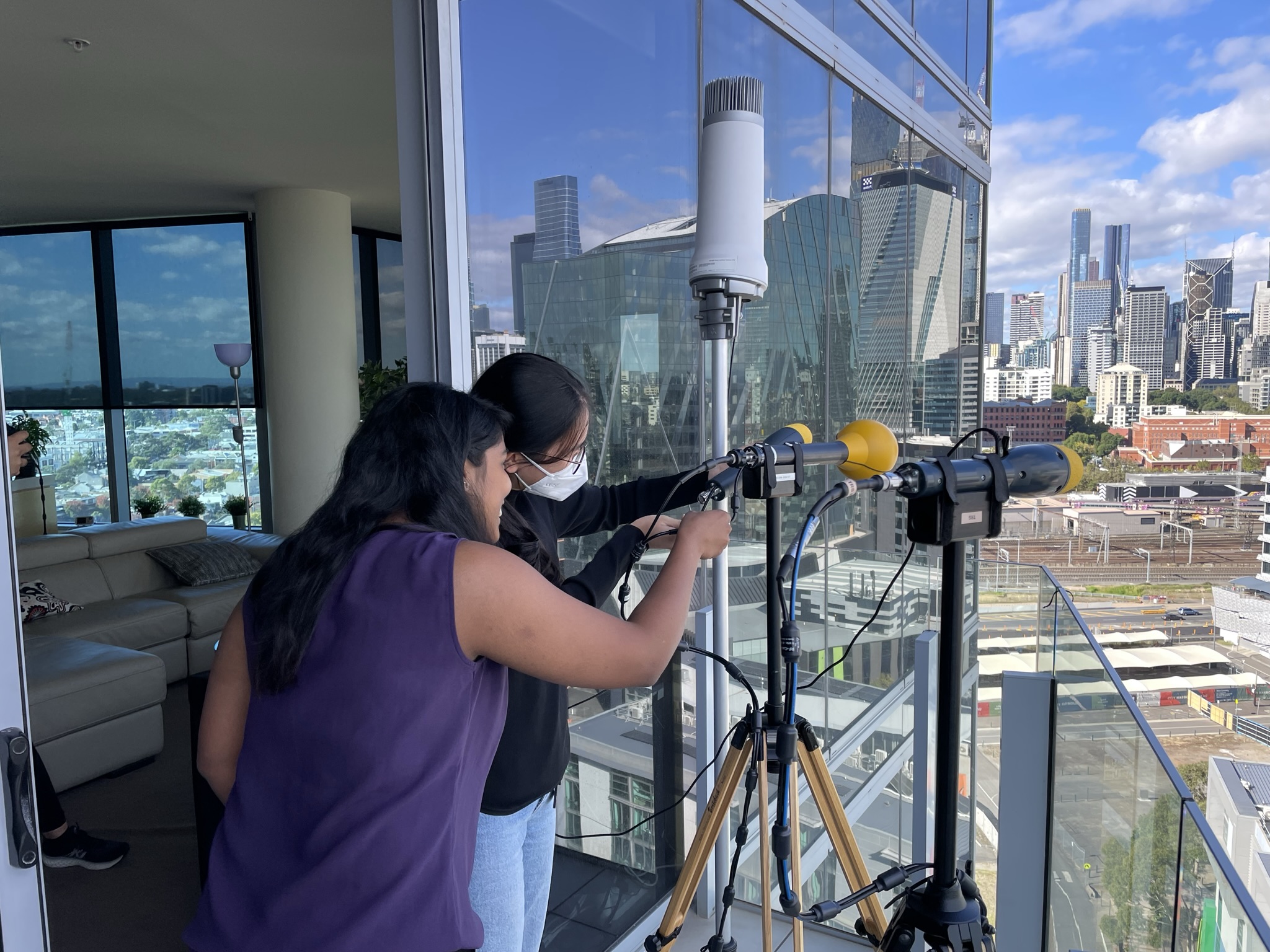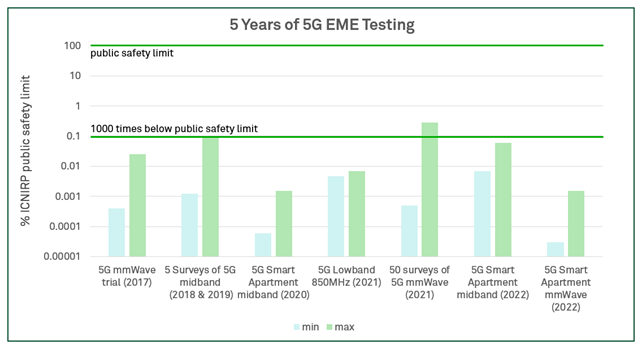5G, electromagnetic energy and your health: here are the facts

As we roll out more coverage, we also need to keep educating people on how safe 5G really is. These resources give you the facts about 5G – not fear or fiction.
We understand that there is a wide range of information available online and that this may be overwhelming.
We rely on the expert advice of Australian and international health authorities including the World Health Organisation (WHO), International Commission for Non-Ionizing Radiation Protection (ICNIRP)and the Australian Radiation Protection and Nuclear Safety Agency (ARPANSA) for overall assessments on 5G electromagnetic energy (EME) levels relating to health and safety, as well as our own testing.
What is 5G?
5G is the fifth generation of mobile technology, and it’s changing the way we live, work and play.
It brings more capacity, faster speeds and less latency. Additional capacity means the network will have better performance in crowded places and cater for a huge growth in data demands.
Faster speeds means your stuff gets to you faster over the data network, and less latency means the response time is much quicker.
Is 5G Safe?
Yes. ARPANSA’s assessment is that 5G is safe. In 2021 ARPANSA updated the Australian EME safety standard following a very thorough review of the latest science. You can read the ARPANSA 5G and health summary in their update to the Federal Government Inquiry on 5G (PDF, 0.98MB).
In January 2020 Australia’s Chief Medical Officer said:
I’d like to reassure the community that 5G technology is safe. There is no evidence telecommunication technologies, such as 5G, cause adverse health impacts. This position is supported by health authorities in Australia – such as the Australian Radiation Protection and Nuclear Safety Agency (ARPANSA) – and around the world, such as the World Health Organization (WHO).
View the full CMO statement, "Safety of 5G technology"l.
Five years of 5G EME testing – what have we found?
EME levels on a logarithmic scale as a percentage of the EME safety limits.
Our extensive 5G EME testing since 2017 has included early trials of 5G networks, of our first commercial 5G deployments in 2019 and now, the rollout of our latest 5G mmWave technology.
Learn everything you need to know about mmWave 5G.
We have tested 5G in real world settings, where consumers are using 5G everyday, such as in cafes, shopping precincts, residential streets and homes, sports fields, schools, CBDs and apartments.
Testing also included EME measurements across a number of distances, ranging for example, from directly opposite a 5G site, to measurements in the next suburb, and running the 5G network at high capacity.
Our test results show that our 5G technology produces EME levels at around 1000 times below the safety limits in many cases.
We have also observed significantly lower EME levels from 5G under normal user conditions like video streaming, social media, working remotely with zoom meetings and email where the network is not artificially loaded to a high capacity.
Overall, the 5G EME levels are similar to 3G and 4G, however 5G is far more efficient, providing faster connections and greater capacity.
You’ll see a chart above which shows our EME readings from 5G in a live network between 2017 to 2022. It’s a way of showing people the real data on 5G and related electromagnetic energy (EME).
The chart shows the minimum and maximum EME levels measured as a percentage compared to the public EME safety limit from ARPANSA which is 100%.
You can access more of our 5G EME testing reports on the Telstra EME website.
Our goal in testing EME levels associated with 5G is to provide you with verifiable, fact-based information from real-world settings and locations in Australia.
Sharing our testing results
We continue to openly share our 5G EME testing results and these are now included in the international 5G EMF Survey maps published by the GSMA.
We publish the compliance certificates for each of our mobile base stations on the Radio frequency National Site Archive.
5G Fact Sheet
We have also created a Telstra 5G,Small Cells and Electromagnetic Energy fact sheet (PDF, 490KB), distilling our comprehensive real-world testing and other important data into a format that you can easily share with friends or family that might be interested in learning more about the 5G mobile network and health.
5G Q&A and 5G Myth Busters
To answer the many questions on 5G, we have a detailed 5G Q&A page on our EME internet site. We also got our “5G Chief Investigator” to take a look into the myths around the new technology.
